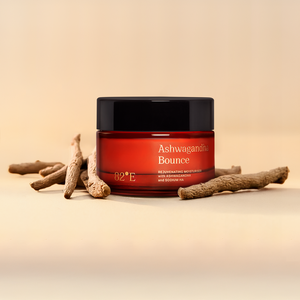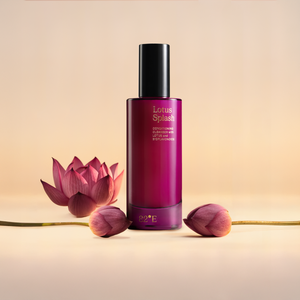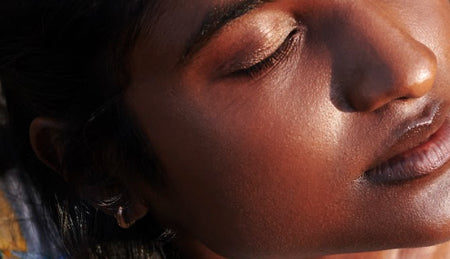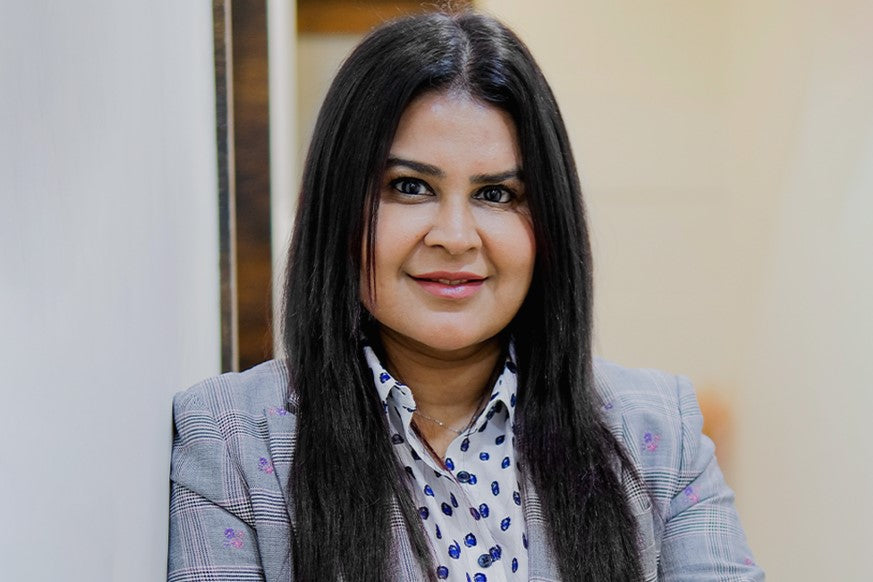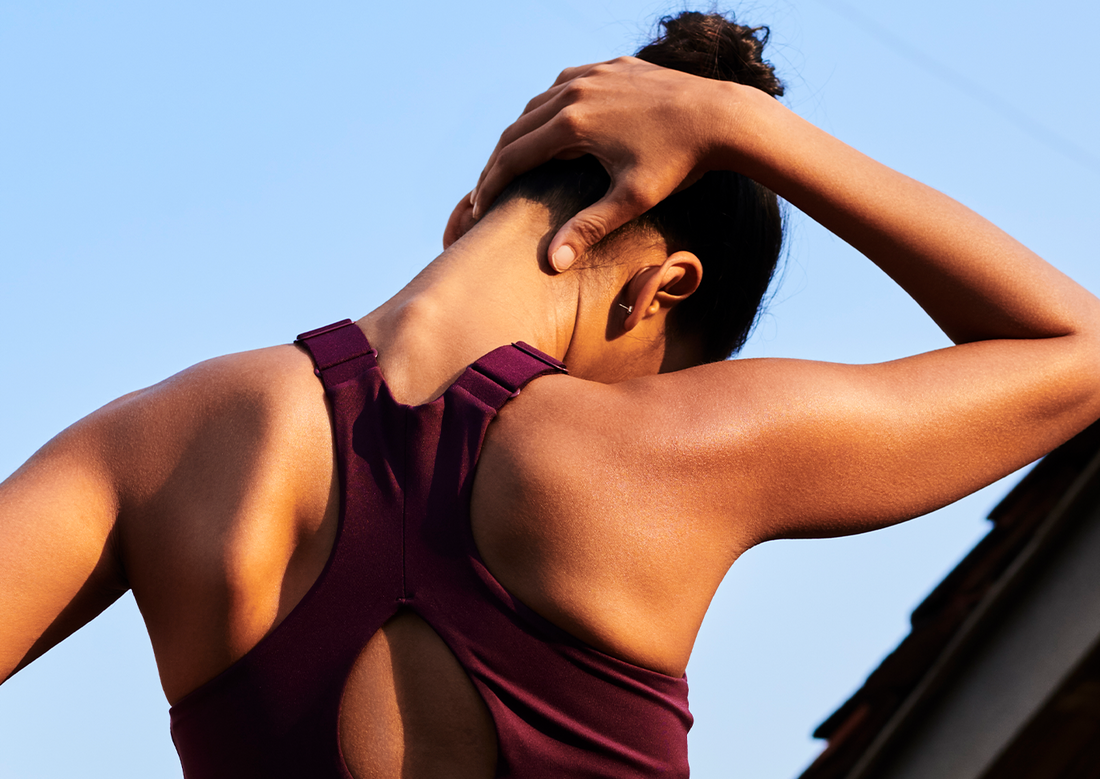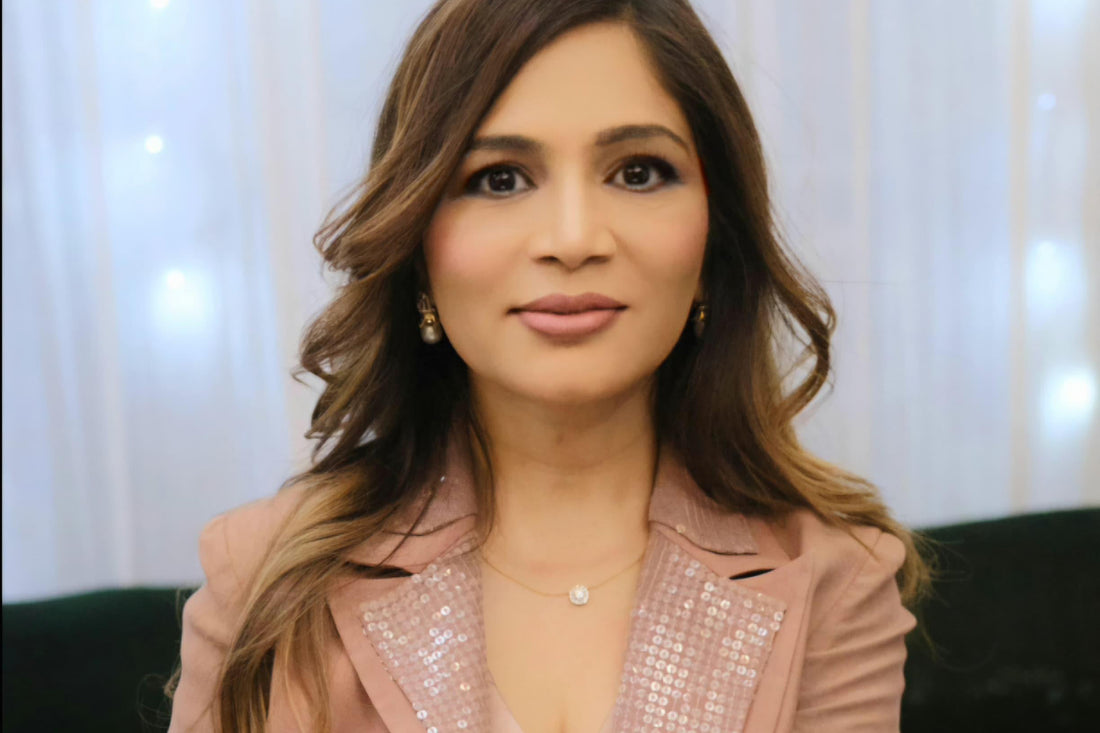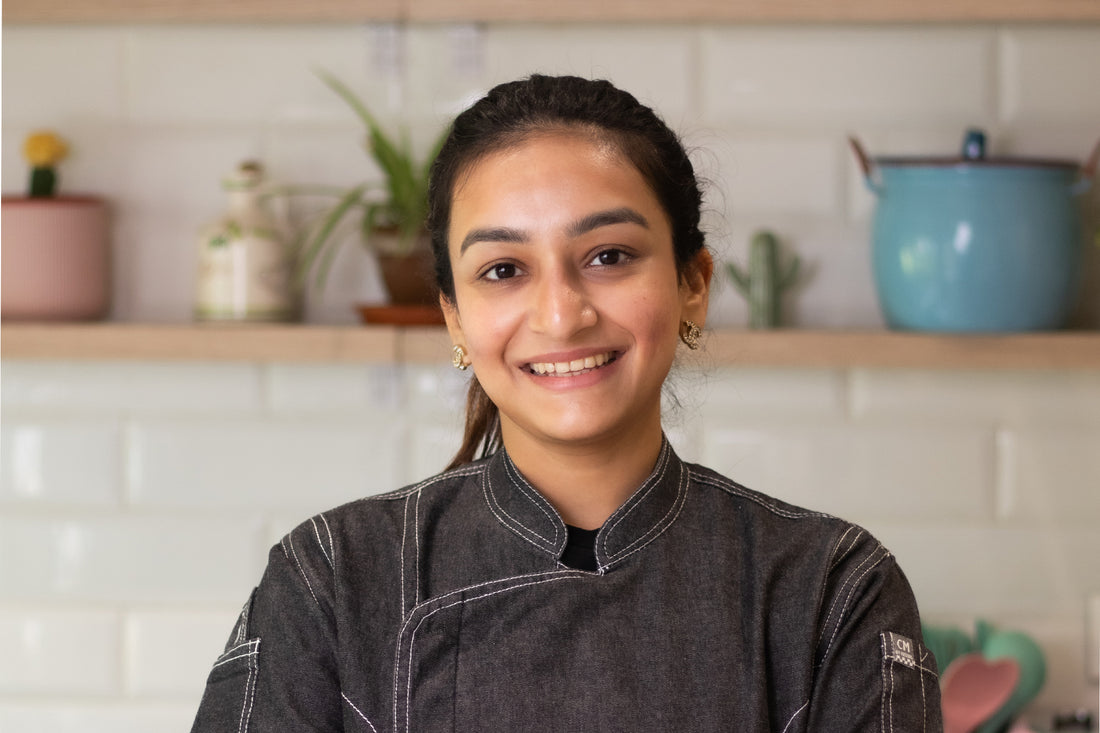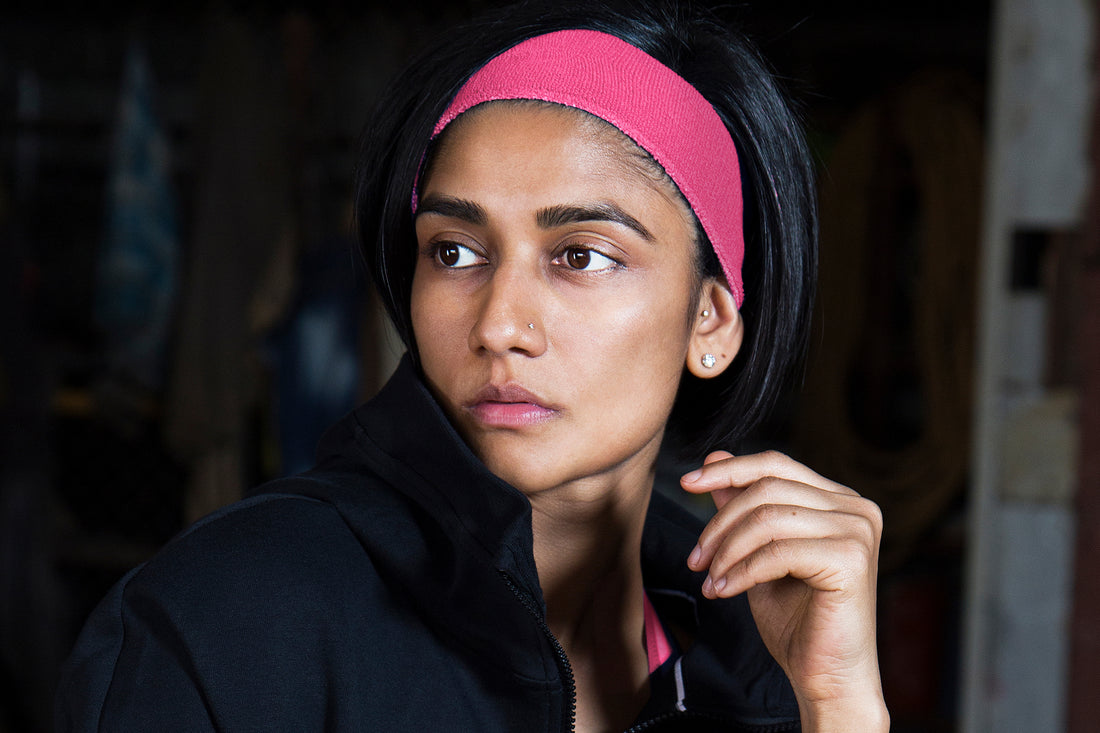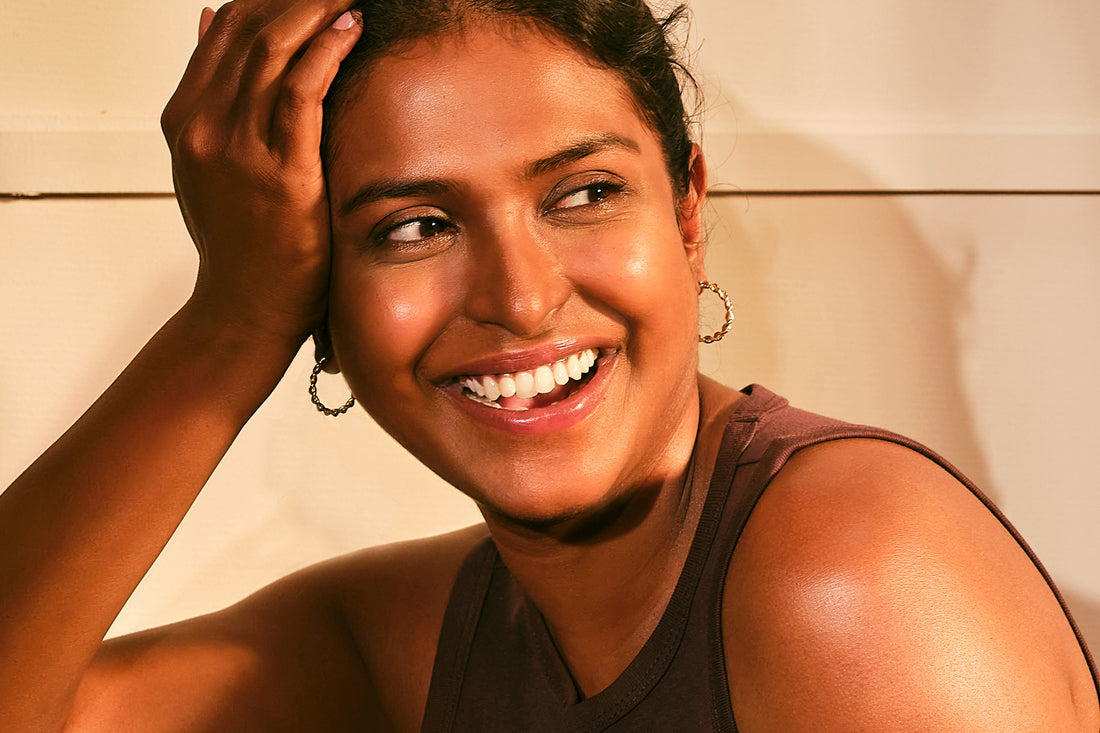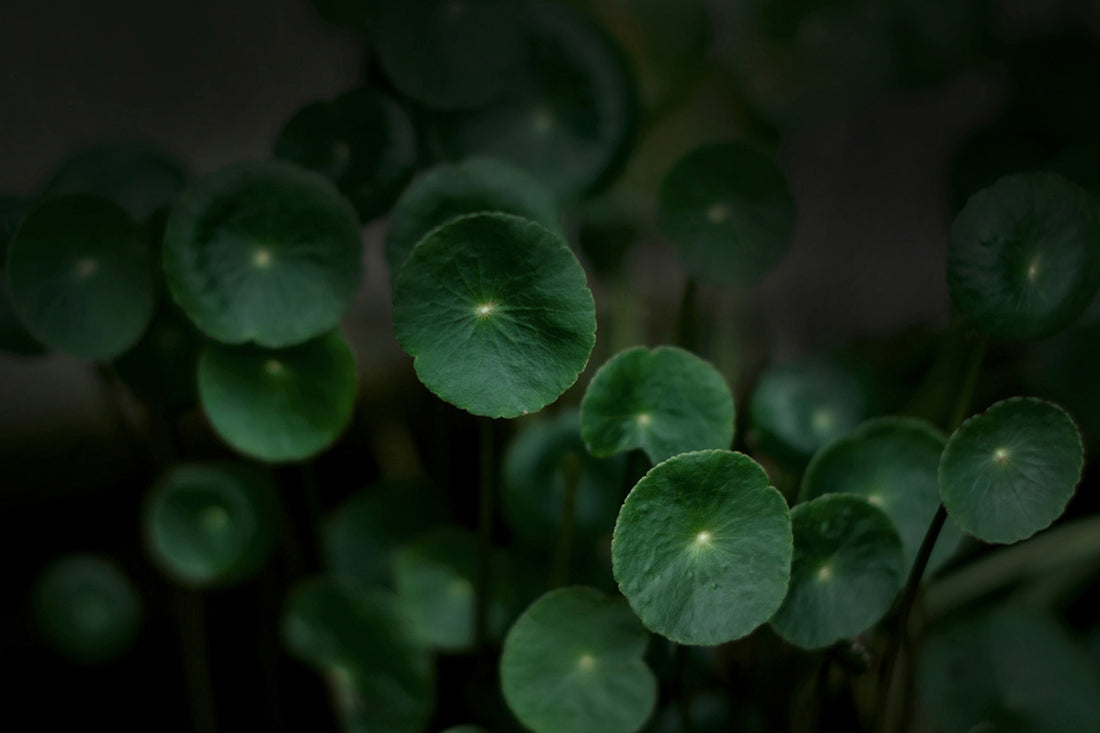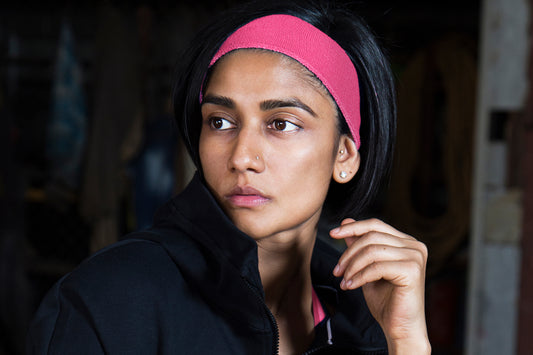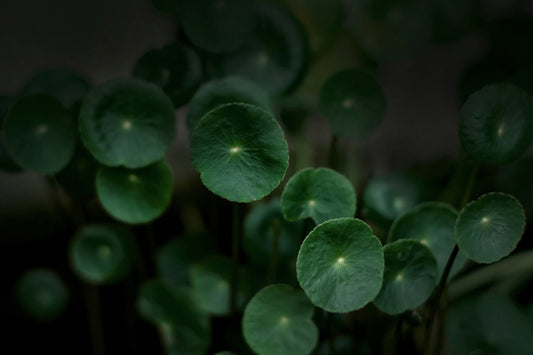Wake Up with Energising Yoga Asanas

Preparing yourself every day for a yoga routine in the morning needs motivation and commitment. When you wake up, your body is still in rest mode. So practising yoga helps to bring energy into your body and mind, making you more focused, driven, grounded, and energetic to cope with the day's responsibilities.
Some noted benefits of morning yoga exercise are:
Boost Your Internal Stamina: Internal stamina is the strength that helps you to put in long periods of physical or mental work. Morning yoga increases your stamina, making your mind and body capable of enduring discomfort or stress while participating in an activity. It also helps in coping with weariness and exhaustion.
Naturally Glowing Skin: Apart from practising self-care and a Cleanse-Hydrate-Protect skincare routine, early morning yoga can help make your skin more radiant and glowing. It can also assist in boosting blood circulation to the head and face area.
Improves Overall Health: Yoga improves heart health by normalising blood pressure, decreasing harmful cholesterol levels, and increasing blood circulation. Yoga is also crucial in maintaining a healthy spine. Promoting the right posture helps achieve balance, flexibility and strength.
Wake-Up Yoga Techniques for an Energised Body and Mind

Marjaryasana Bitilasana Asana (Cat-Cow Pose)
The names Marjary and Bitila are derived from the Sanskrit script, where 'marjari' means 'cat' and 'bitila' means 'cow'. Marjaryasana - Bitilasana is a combination of two poses practised together to gently warm the body in the morning. It's a balancing pose that strengthens the arms, legs, and core muscles.
How to do it:
-
Maintain a shoulder-length distance between your hands and your knees, right below your hips.
-
Take a deep breath while lifting your head and curving your lower back, tilting your pelvis like a "cow."
-
Exhale deeply by arching your spine and lowering your head and pelvis like a "cat."
Kapotasana (Pigeon Pose)
Pigeon posture, or Kapotasana, is a hip opener pose that gently extends the hip joints. It also helps your body prepare for sitting in meditation. Pigeon pose is claimed to strengthen the spine, open up the heart chakra, and relieve back pain.
How to do it:
-
Begin on your hands and knees.
-
Bring your left knee forward and out to your left side.
-
Tuck your right toes under and pull your right leg back.
-
Extend your left toes, lengthen your spine, and look up.
-
Hold the pose for 1 minute or less as per your convenience, then switch legs.
Sama Vritti (Equal Breath)
Sama Vritti is one of the most fundamental types of pranayama. It can be done anywhere and immediately reduces stress and anxiety. It emphasises the concept of "equal" breaths, meaning that inhalation and exhalation last for the same duration.
How to do it:
-
Sit on your mat in a comfortable posture.
-
Now, close your eyes.
-
Breathe in slowly through your nose, counting to four.
-
Hold your breath and count to four again.
-
Try not to close your airways.
-
Exhale slowly to the count of four.
-
Hold the exhale for four more counts.
Steps should be repeated until you feel peaceful and centered. You can increase or decrease the number as per your comfort.
Wind Down with Relaxing Yoga Asanas

Practising yoga can seem counterintuitive after a long, tiring day. The mere thought of stretching, and twisting can be challenging. But there are certain relaxing yoga poses that when practised for even ten minutes at the end of the day help you to release stress, relax your body and mind, and sleep better. Body relaxation techniques in yoga with mind-relaxing yoga poses can help soothe your mind, preparing it for a night of deep sleep.
Some prominent benefits of practising relaxing yoga poses in the evening are:
- Stress-free relaxation: Evening yoga consists of several mind-relaxing yoga poses. Therefore, it is a powerful tool for unwinding and releasing stress accumulated throughout the day.
- Enhanced sleep quality: Engaging in yoga for a calm mind in the evening enhances your sleep quality. The perfect combination of gentle stretching and conscious breathing wards off fatigue and stress, thereby leading to a relaxed mind for restful sleep.
- Reduced muscular tension: Sitting for long hours can result in physical discomfort, stiffness, or muscular tension. The body relaxation techniques in yoga assist in releasing muscle tension, alleviating tightness of joints, improving flexibility, and restoring your body’s balance.
- Day-to-night transition: Regular practice of evening yoga can lead to a transition into a peaceful night. You move your focus from active day mode to restful evening mode, shifting your priority to self-care and relaxation. Thus, yoga for a calm mind fosters a healthier work-life balance.
Wind Down Yoga Techniques for a Relaxed Body and Mind
1. Viparita Karani (Legs Up the Wall Pose)
Viparita Karani or Legs Up the Wall pose, is a restorative yoga posture. It gently invigorates your body and calms your mind. Practising this asana relieves aches in your legs and reduces swelling in your ankles. As your legs are propped up the wall, your blood circulation is optimised with a calmer nervous system. Additionally, this yoga pose helps to induce a deep relaxation state.
How to Practise It
-
Lay on a yoga mat with one side of your body pressed against a wall.
-
Shift your upper body 90° to the wall, so your legs can be extended vertically. Your buttocks should be touching the wall.
-
Extend your legs gently up the wall to your body at a 90° angle. Your arms should be at your side in a relaxed state.
-
Maintain the pose for a few minutes, ensuring no overexertion.
-
Bring your legs down slowly towards the side and return to the original position.
2. Bhramari Pranayama (Bee Breath)
Bhramari Pranayama is a breathing technique that aids in releasing tension and soothes the mind. The name is derived from the gentle buzzing sound like a bee buzz produced during this pranayama. Practising this breathing exercise stimulates your nervous system, inducing a state of tranquillity and relaxation.
How to Practise It
-
Sit comfortably on your yoga mat or any other chair that you find comfortable.
-
Close your eyes and gently close your ears with your thumbs.
-
Inhale deeply through your nostrils.
-
Retain the breath for a few seconds.
-
Exhale gradually, producing a humming sound in your throat.
-
Feel the vibrations of the buzzing sound resonating through your body.
-
Repeat the pranayama a few times.
3. Shavasana (Corpse Pose)
Shavasana, or Corpse Pose, is one of the most crucial body relaxation techniques in yoga. It is practised at the end of the yoga session for ultimate body and mind relaxation. Practising Shavasana improves your focus and reduces your stress and anxiety by restoring the balance of your nervous system.
Further Reading: Our interview with celebrity yoga and wellness practitioner Anshuka Parwani.
How to Practise It
-
Lay on your back on a yoga mat.
-
Your arms and legs should be comfortable and extended.
-
Take gentle breaths and focus on the inhalation and exhalation process.
-
Concentrate on your body parts one at a time as you breathe. Start from the toes and go upwards gradually.
-
With every exhalation, imagine and feel the stress leaving your body.
-
Lay for a few minutes till you are entirely relaxed.
Further Reading: Our interview with celebrity yoga and wellness practitioner Anshuka Parwani.

